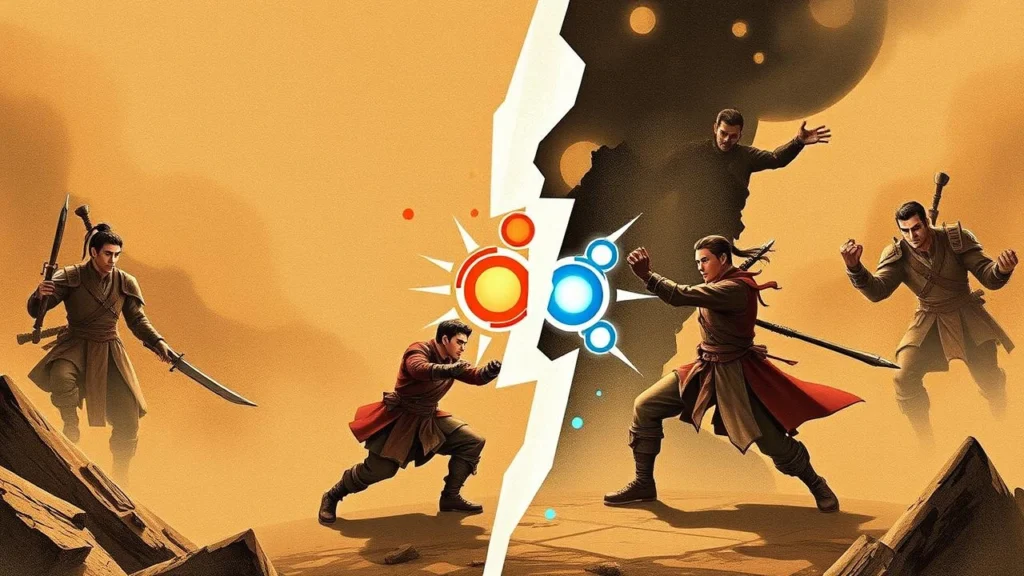On the face of it, the ceasefire deal is cautiously scripting the roadmap ahead, marked by three clear phases, each lasting for six weeks- 42 days approximately. So why does the ceasefire deal, still eludes trust and confidence towards peace? And why does it not signal an end to war?
Going by history, it goes without saying that whenever Israel and Palestine have inched closer to a peace accord, signs of discord are discernible both through politics and violence.
So the key questions: first, what are the risks and challenges ahead in terms of implementation of the deal, and who are the potential spoilers? Second, at this point of the conflict cycle, Hamas stands significantly weakened, but despite the might of Israel, it is definitely not rooted out as a relevant actor.
In such a scenario, will the far right in Israel, and particularly the spoilers in the Netanyahu coalition concede to anything short of total elimination of Hamas from Gaza?
On the other side, will the Iran-backed “axis of resistance”- that also includes the Hezbollah in Lebanon and the Houthis in Yemen- respect the Israel-Hamas deal? And relatedly, will Israel keep a security presence in Gaza, and if yes, will that be acceptable to Hamas?
Third, while the drums of humanitarian aid and reconstruction sound both a relief and dire necessity, it still remains silent on how this would be sketched out and translated in the third and the most crucial phase of the ceasefire agreement.
For instance, Israel, and even the US would want Hamas out of any aid or reconstruction effort in Gaza. But, the crucial questions remain: can that actually be achieved? And last but not least, can the precarious planks of ceasefire in any which way mitigate the hurt, fear and trauma that the ordinary Palestinian has witnessed each day, and who has been treated as a non-entity by the world at large?
The three-phased deal and the timeline risks
While the first phase will mark hostage-for prisoner exchange, and humanitarian aid, the second phase is to be negotiated from the 16th day of the first phase, and is most contentious as it calls for a total end to the war.
The third, and final phase calls for peace and reconstruction efforts in Gaza. While the deal does offer hope for temporary ceasefire, particularly in the first phase, the road ahead may not lead to the end of the war.
There are two outright sticky points in this template. First, will the far right coalition in Israel concede to total end to war, without extermination of Hamas. In such a scenario, while the US, Qatar and Egypt commit towards security guarantees, do they actually have the leverage to see through the second, and third stages of this deal.
Further, the third stage would involve the reconstruction of Gaza, which would involve aid and governance. Will Hamas agree to be out of this process? No aid would pour in if Hamas remains in control of the process.
Relatedly it is still not known whether Israel will pull out of the buffer zone by a certain date, or whether its presence there will be open-ended. Israel has made its position quite clear since late 2023, that it will retain overall security over the Gaza strip in the future- a point that might yet again become a deal breaker in the later stages of the ceasefire agreement.
More importantly, while the ceasefire is the welcome first step, and while the world celebrates the halt to violence, the critical questions on the long-standing Palestinian struggle for statehood and aspiration for freedom and sovereignty are yet again relegated to a freeze zone.
Also Read: Mint Quick Edit | Gaza ceasefire: Now for Trump’s art of the peace deal
The spoilers in this highly vulnerable ceasefire
The ceasefire remains susceptible to both politics and violence. History stands witness to this pattern. For instance, the Oslo Peace Agreement was shadowed by similar patterns. During the Oslo process, whenever talks would inch closer towards progress, spoilers-more broadly defined as opponents to peace talks, and with a vested interest in continuation of war, would sow discord either through politics or violence.
It is important to recognise that each actor in a situation of long-drawn conflict remains highly charged, and holds its positions tight, as that has strong ramifications on its reputational credibility, and its hold over its domestic constituency. A case that holds strong ground both for Israel, and Hamas, and all regional actors like Iran and Lebanon.
So, for instance, members of the far-right coalition in the Netanyahu cabinet have opposed the deal and argue that anything short of total extermination of Hamas is unacceptable.
Finance minister Bezalel Smotrich has described the deal as a “catastrophe” for Israel’s national security and his Religious Zionist Party has threatened to quit the government if it does not go back to war with Hamas after the first six-week phase of the ceasefire is completed.
However, what does offer limited hope is Netanyahu might get the deal through, with a refuge in the argument that Israel will see a switch in support with the incoming Trump administration- and at no cost, Israel can lose the support of its strongest ally.
On the other side, the critical question remains. Will the Iran backed “axis of resistance”- that also includes the Hezbollah in Lebanon and the Houthis in Yemen- respect the ceasefire deal? It is here that one needs to recognize that war has significantly altered the military capabilities of key armed actors, and reshaped regional configurations. For instance, Hezbollah, the Lebanon-based group, stands significantly diminished, Syria has seen a regime change, and Iran stands weakened- though with a renewed spirit of resistance.
It is important to note that Hamas, while it stands significantly reduced in military capabilities and leadership, still has the potential to recruit more and continue to engage in both war and violence. More importantly, it is still able to maintain its existence,- and has not been erased from the map, as Israel, would have wanted.
Also Read: Why the Israel-Palestine conflict is unlikely to end in our lifetime
Long road ahead
While the ceasefire is a welcome first step, it also risks the freezing of this conflict, and has yet again relegated the issue of Palestinian statehood on the margins. It is important to recognize that Israel-Hamas are just one way of framing the conflict- and conflict doesn’t surely begin on 7 October, 2023.
The point of emphasis is to pay attention to the history and politics of settler colonialism alongside concerns for violence. And sadly, the root cause of conflict still stands unaddressed, and the international community still stands complicit to the most bloody war in many ways in history.
Shweta Singh is associate professor, Department of International Relations, South Asian University
Also Read: It’s time for the world to consign expansionism, like war, to history
#IsraelHamas #ceasefire #war





